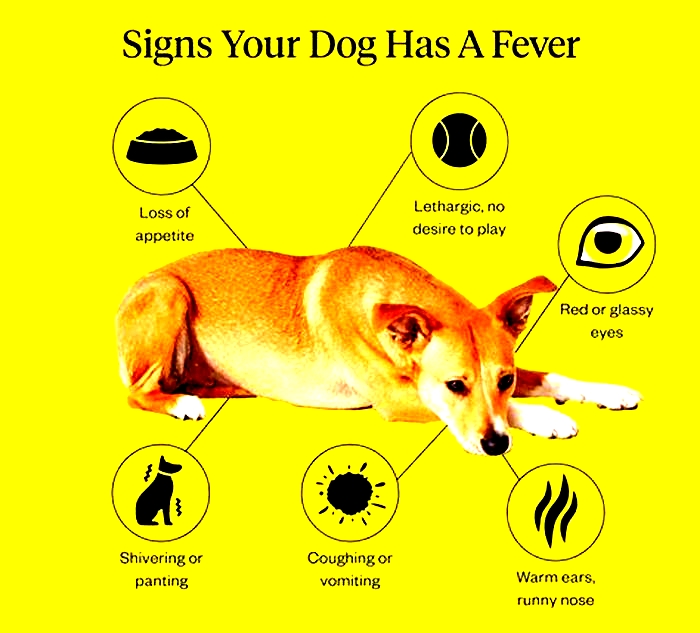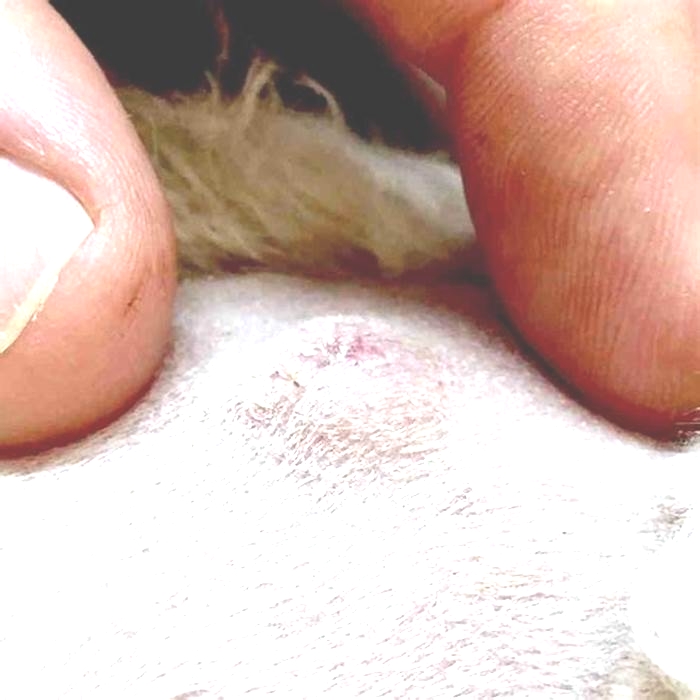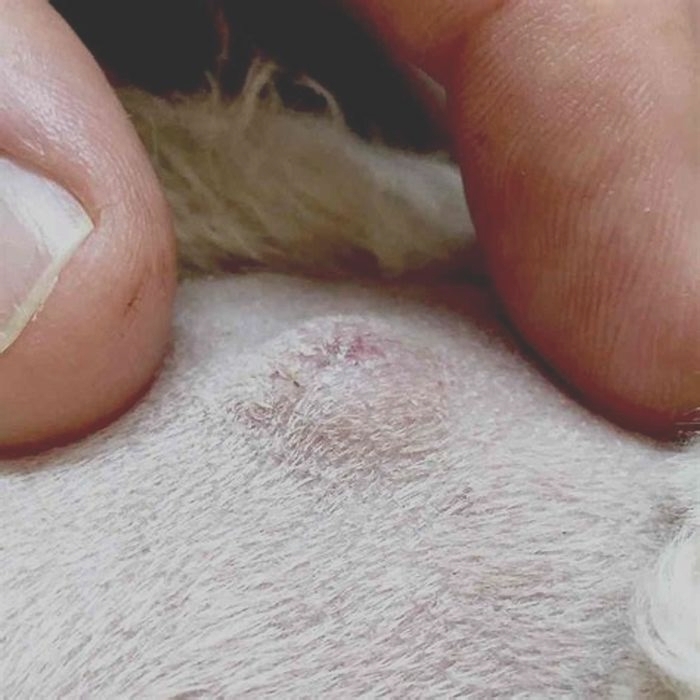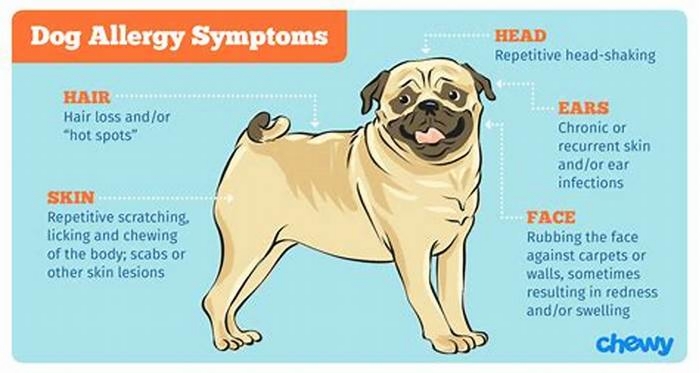How do you treat a fever in a dog
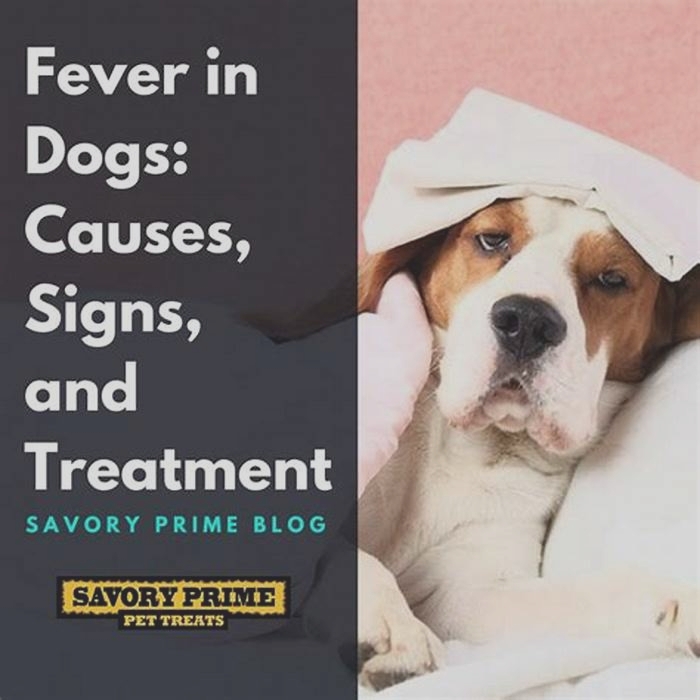
How to Tell if Your Dog Has a Fever and What to Do About It
Dog fevers are defined by having a higher-than-normal body temperature, and they have a variety of causes.
So how can you tell if your dog has a fever? How do you take their temperature, and whats considered a fever in dogs? What causes dog fevers and how do you treat them?
How to Tell if a Dog Has a Fever
Dog fevers can be very difficult to detect at home and are often discovered at the veterinary office. This is because a dogs temperature is naturally higher than a humans, and it is almost impossible to detect a fever by touching a dogs skin.
How Do You Take a Dogs Temperature?
The only way of accurately knowing if your dog has a fever is to take their rectal temperature with a digital thermometer. This is done by lubricating the tip of the thermometer and inserting it into the rectum approximately 1 inch. It is important to have another person holding your dogs head while you do this, as some dogs may not be tolerant of this at home.
If a dog does not seem ill, there is no benefit to taking your dogs temperature at home on a regular basis, because it can also go up with overactivity or if your dog has been outside in a warm environment.
What Temperature Is Considered a Fever in Dogs?
The normal range for a dogs body temperature is between 100F and 102.5F. Anything above 102.5F is considered a fever or hyperthermia (overheating). A true fever is the bodys response to a disease process, whereas hyperthermia is caused by exposure to excessive heat or overheating from overexertion.
What Are Some Symptoms of Dog Fevers?
Dog fever symptoms can vary from mild to severe depending on how high the temperature is and what disease is causing it. Symptoms can include:
What Causes Dog Fevers?
There can be several different causes of dog fevers, but they generally fall into one of these categories:
Inflammation
Infection
Immune-mediated
Cancer
In some cases, despite extensive diagnostics, a cause is not found. This is called fever of unknown origin.
Anything that can stimulate the immune system can cause a fever. For example, it is not uncommon for pets to get a low-grade fever after being vaccinated. This is because the immune system is being stimulated to protect the body against different diseases.
Bacterial infections, fungal infections, or viral infections can all stimulate an immune response and cause a fever as well. Cancer is another disease process that usually stimulates the immune system, resulting in a fever.
The most common cause of fever from inflammation is pancreatitis. This is an inflammation of the pancreas that can lead to vomiting, diarrhea, anorexia, and a painful abdomen. The cause is not clear and thought to be different in dogs than in cats and humans.
Autoimmune diseases are a group of diseases that can stimulate the immune system to attack a part of the body with no underlying cause. Examples of autoimmune diseases include lupus, uveitis, and rheumatoid arthritis. These diseases can also result in dog fevers.
What to Do if Your Dog Has a Fever
If you feel that your dog may be ill, taking their temperature at home is a good start if you can do so. If your dog has a fever above 102.5F, that warrants a visit to the veterinarian. It is considered an emergency if your dog is extremely lethargic, has blood in their stool or vomit, stops eating, or has a fever above 104.5F.
It is extremely important to never give your dog over-the-counter medications, such as ibuprofen, to reduce the fever. These medications are toxic to pets and can result in serious harm or death.
Getting a diagnosis for dog fevers as soon as possible and instituting treatment will usually result in more favorable outcomes. Most causes of fever can be treated if caught early.
How Are Dog Fevers Treated?
Treatment of a fever in dogs is largely dependent on the cause of the fever. Oftentimes several diagnostics, such as bloodwork, radiographs (x-rays), and ultrasound, are necessary to determine the cause. In some cases, a cause cannot be identified.
In dogs that have infections, the treatment is usually a course of antibiotics or antifungal medications. In other diseases, such as pancreatitis, there isnt one anecdotal treatment, and medications are given to alleviate the symptoms until the inflammation subsides. This can take days to weeks and will depend on the level of severity.
Cancer is treated with either chemotherapy and/or radiation therapy depending on the type of cancer that is diagnosed. Some types of cancer respond well to these treatments, where others may not respond as well or at all. Autoimmune diseases require drugs that suppress the immune system so that it stops attacking the different areas of the body.
Most of these diseases are manageable but not usually curable.
See Also:
Featured Image: iStock.com/SolStock
Milk Fever In Dogs Signs, Treatment, Prevention
Milk Fever In Dogs Signs, Treatment, Prevention
Milk fever is a startling condition that has pet owners rushing their nursing canine mothers into the nearest vet.
With symptoms ranging from abnormal personality changes to violent tremors, this condition can be extremely worrying for an unsuspecting dog parent.
So what is milk fever, and what does this diagnosis mean for your canine friend?
In this article we will go into the details of milk fever in nursing dogs, and help you better understand the treatment options available to your pup.
We will be using the terms milk fever and eclampsia interchangeably, as these terms refer to the same condition.
What Is Eclampsia (Milk Fever) In Dogs?
Milk fever, or eclampsia, is a condition that refers to a deadly drop in blood calcium levels in nursing mothers.
Calcium is responsible for multiple roles in the canine body, and is found in small deposits throughout several regions.
Calcium assists in processes involving blood clotting, muscle contractions, and even transmission of nerve impulses.
With calcium participating in vital body functions, you can begin to see why a sudden case of hypocalcemia would lead to serious complications.
What Causes Eclampsia In Nursing Dogs?
The exact cause of each case of eclampsia in dogs is not always concrete, but there are a few factors that are most often tied to the development of this condition.
The pregnancy and nursing process in our canine friends can deplete a mother of their blood calcium levels over time.
Not only does the formation of fetal skeletons require calcium, but a large amount of calcium is lost in their milk as well.
As the puppies begin to grow and consume more milk, this makes it more challenging for the body to replace the calcium lost.
In order to supplement the calcium lost throughout the pregnancy and nursing process, mothers will need to consume a premium diet that is formulated for nursing mothers and puppies.
Inadequate nutrition can not only make it tough for the body to keep up, but it can also lead to significant weight loss.
A proper diet is key in pregnant or nursing canine mothers, and anything below that standard can lead to milk fever.
While this is the most rare possibility, some nursing dogs can develop complications with the parathyroid gland.
These glands are responsible for regulating calcium levels within the blood, so any improper function of the glands can lead to severe health complications.
Eclampsia in dogs seems to be most common in small and toy breeds, especially those who are attentive mothers.
These dogs can struggle to make up for what is lost with around the clock feeding, especially as the puppies begin to consume more milk.
When Do Dogs Usually Get Eclampsia?
Most dogs will typically develop eclampsia when their puppies are 2-4 weeks of age.
This is when the body begins to experience the effect of calcium depletion, especially as the puppies grow and consume more milk.
Though this is the most common time period for milk fever to develop, you should keep an eye out for the condition in all stages of pregnancy and nursing.
Are Some Dogs More At Risk Of Eclampsia Than Others?
Any canine friend can develop eclampsia, but there are some dogs that are more at risk than others.
To help you better protect your pregnant or nursing pup, lets list a few of the dogs that fall into the high risk category.
- Small and toy breed dogs
- Dogs with large litters of puppies
- Underweight dogs
- Dogs that experienced eclampsia with previous litters
- Attentive mothers
What Are The Signs Of Eclampsia (Milk Fever) In Dogs?
When a dog is developing eclampsia while currently pregnant or nursing, you may begin to notice an array of strange behaviors.
Every case of eclampsia can vary from dog to dog, so lets list some of the most common symptoms of milk fever in our canine friends.
- Lethargy
- Weakness
- Muscle stiffness
- Ataxia, or unsteady gait
- Restlessness
- Pacing
- Fever
- Appearing confused or disoriented
- Aggression and other personality changes
- Twitching
- Muscle tremors
- Hypersalivation
- Inability to stand
- Agitation
- Seizures
- Coma
If you notice any of the above symptoms in your pregnant or nursing dog, we suggest contacting your veterinarian immediately.
Eclampsia can be deadly if left untreated, so its important to seek immediate medical care in these situations.
Is Eclampsia Dangerous For The Puppies As Well?
Eclampsia itself cannot be transmitted to puppies, but they can be harmed when their mother is suffering from eclampsia.
Dogs with eclampsia may appear agitated and confused, even experiencing abnormal aggression in some cases.
Puppies have been injured by their mothers during milk fever onset many times.
Milk fever may even cause a mother to withdraw from her puppies, especially if she is experiencing severe symptoms.
If caretakers do not catch on to their eclampsia as it develops, this can leave puppies without a food source for many hours.
This is especially dangerous for newborn puppies.
Eclampsia can also be deadly if it is left untreated, and the death of a mother can impact puppies if caretakers do not step in immediately.
So while milk fever itself may not directly impact growing puppies, the secondary consequences of the condition certainly can.
Treating Eclampsia In Dogs
Nursing mothers with eclampsia were some of my favorite cases, as most dogs make an immediate and full recovery when prompt treatment is offered.
I can recall multiple dogs with eclampsia that were in and out of the door within a few hours, fully recovered and ready to go back home.
However, this only occurs when immediate and effective treatment is performed.
If a dog presents at the vet with eclampsia, your vet will likely place an IV catheter and administer IV calcium at a slow rate.
If your pup is experiencing seizures as a result of their eclampsia, they may also administer diazepam IV, which is a medication that helps to control seizures and abnormal neurological symptoms.
Once the patient is pulled out of their critical state, your vet can then assess if any other treatment is needed.
Most cases of eclampsia are treated rapidly, but some dogs may need to stay in the hospital for a short period if they are experiencing other complications.
For example, if your dog is continuing to experience abnormal neurological behavior, your vet may feel more comfortable with monitoring them until their symptoms resolve.
Your dog may also need to be monitored for longer periods if their temperature reaches a dangerously high level at any point.
Once your vet feels comfortable with sending your dog home, there are a few continued treatment methods that will prevent your pup from falling back into crisis.
Your vet will likely prescribe a calcium supplement to give your dog orally for the next 7 days, as well as suggesting that you wean the puppies as soon as possible.
If weaning is not an option, your vet will suggest that you at least bottle feed the puppies for the next 72 hours.
Can You Treat Eclampsia In Dogs At Home?
We do not suggest treating your dogs milk fever at home.
Oral supplements of calcium are not often sufficient in restoring their dangerously low calcium levels, and they will not provide the immediate relief they need from other dangerous symptoms.
If your pregnant or nursing dog has developed any signs of milk fever, we always suggest seeking immediate veterinary care.
If you cannot see the vet for any reason, we recommend that you at least give your vet a call for further guidance.
Should You Give Nursing Moms Calcium As A Preventative Measure?
Supplementing your pregnant or nursing dog with calcium when it is not needed can be dangerous as well.
High levels of calcium in the body can in turn suppress the parathyroid gland, leading to an increased risk of eclampsia in the long run.
The best way to offer your pup a healthy pregnancy and nursing process is by feeding them a proper diet.
Can You Prevent Milk Fever (Eclampsia) In Nursing Dogs?
Now that you are aware of the threat of eclampsia in nursing mothers, you are likely wondering how you can best prevent this condition from developing.
Thankfully for our canine friends, there are a few effective ways to prevent milk fever in your pup.
- Offering a high quality diet that is approved by your veterinarian
- Having regular check ups with your vet throughout your dogs pregnancy
- Monitoring your nursing mother for any weight loss
- Being present throughout the pregnancy, whelping, and nursing process
If you have any concerns or questions about milk fever in your dog, we suggest seeking advice from your veterinarian.
Your vet knows your dogs situation best, and will be able to offer you the best care plan to keep them safe going forward.
Final Thoughts
Though the term milk fever may not have a threatening ring to it, it can lead to devastating complications for our pregnant and nursing canine friends.
If you notice any developing symptoms of eclampsia in your nursing dog, we suggest seeking veterinary care as soon as possible.
My name is Amber. I am a dedicated animal lover that turned my passion into my career. I am a Licensed Vet Tech with 12 years of experience in veterinary medicine, but I recently took my career online to help spread accurate information on animal care. With how vast the online world is, I have a strong desire to ensure that the reader always walks away with helpful pet advice. With the experience Ive gained from my time in this field, I have been able to travel the world, offering my services to as many animal rescues as I can find. If I am not at my laptop, or back home visiting family, you can find me somewhere in the world, cuddling every furry friend that I can find! More About Us

